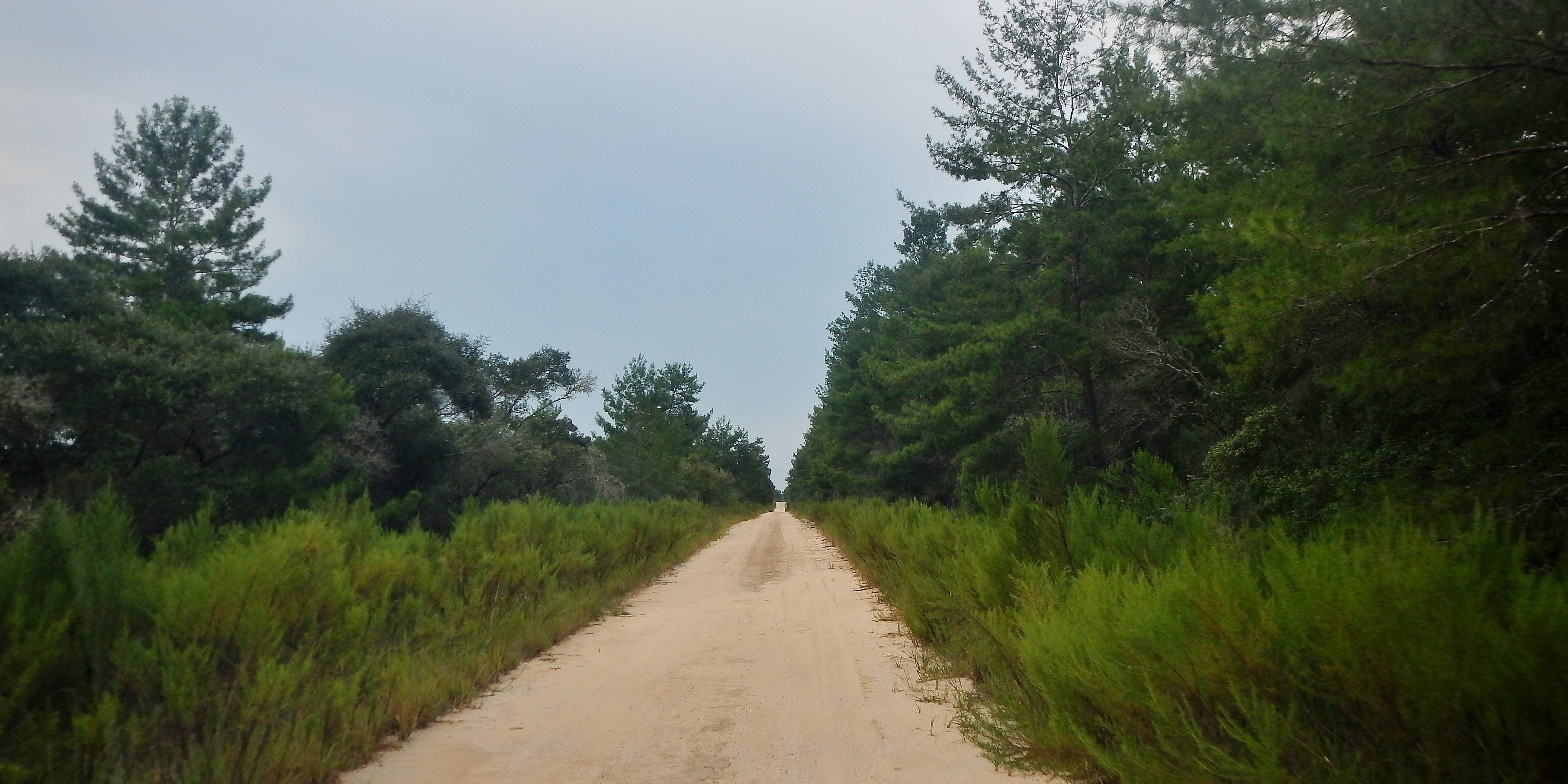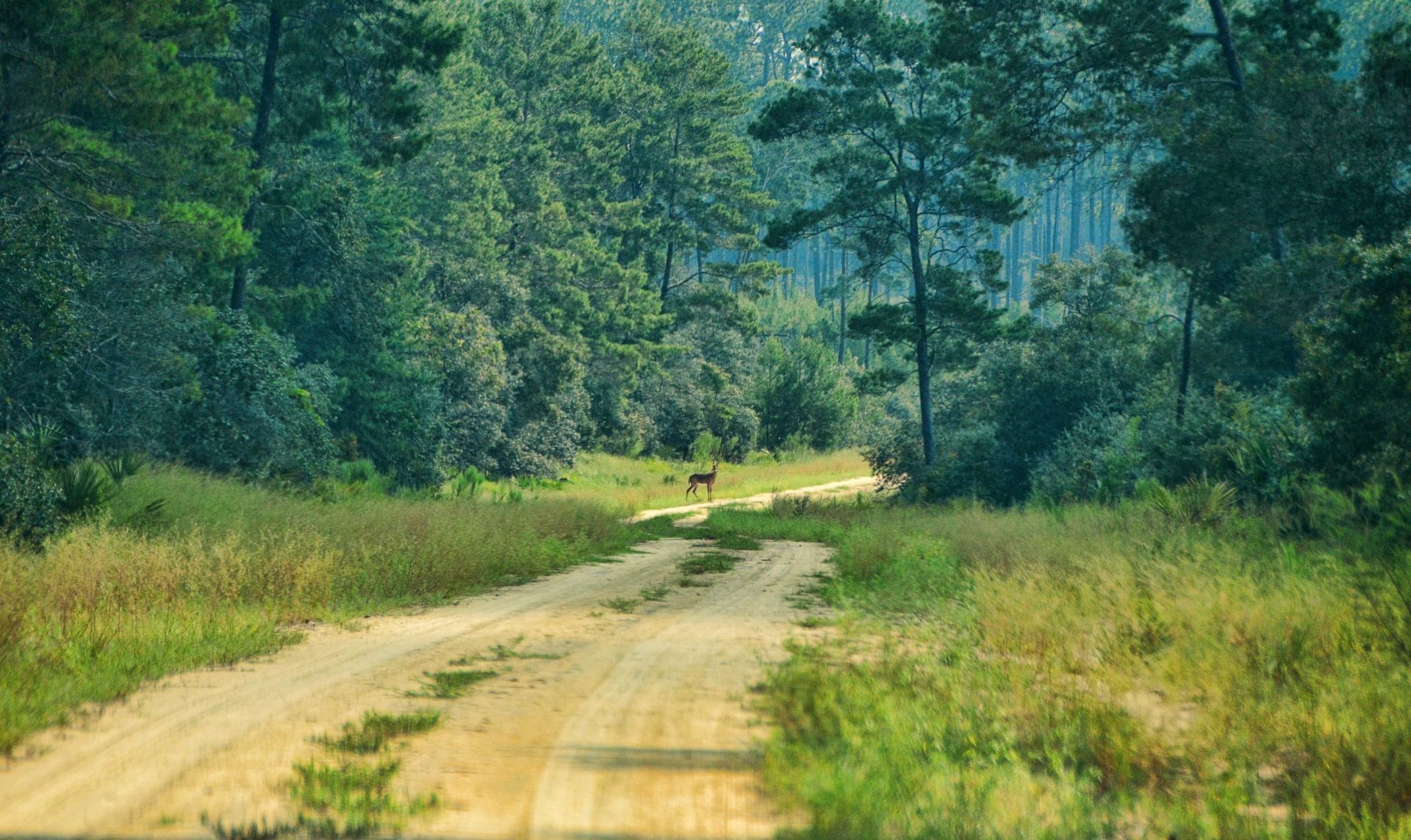The Ocala National Forest is the second-largest nationally protected forest in the U.S. State of Florida. It covers 607 square miles (1,570 km2) of Central Florida. It is located three miles (5 km) east of Ocala and 16 miles (26 km) southeast of Gainesville. The Ocala National Forest, established in 1908, is the oldest national forest east of the Mississippi River and the southernmost national forest in the continental U.S.
The word Ocala is thought to be a derivative of a Timucuan term meaning “fair land” or “big hammock”. The forest is headquartered in Tallahassee, as are all three National Forests in Florida, but there are local ranger district offices located in Silver Springs and Umatilla.
In 1908, when the Ocala National Forest was established, the Forest was comprised mostly of sand pine scrub. This unique ecosystem, referred to as the Big Scrub, is what is left of a chain of islands before the sea retreated 25 million years ago.

Today instead of water, these “islands” are surrounded by other forest types such as pine flatwoods, oak hammocks, and bayheads.
The sand pine scrub ecosystem on the Ocala is the largest in the world, and covers 70% of the Forest. This is a fire-dependent ecosystem. Plants and animals that live in the scrub depend on the constant disturbance of fire for survival. For example, sand pine cones do not open and release their seeds without high heat.
Prior to people inhabiting the area, natural fires helped this ecosystem to thrive. Today, forest managers mimic natural fire through prescribed burning. Along with prescribed burning, mechanical treatment such as timber harvesting provides needed disturbance while providing the kind of habitat preferred by many threatened and endangered species, along with the game and non-game species.
This landscape pattern creates a view of large openings within the forest. To keep these ecosystems healthy, the Ocala National Forest needs to harvest 4,000 acres of sand pine annually. Although these management practices are driven by the needs of threatened and endangered species, the overall ecosystem benefits.
According to fs.usda.gov; en.wikipedia.org. Source of photo: internet








